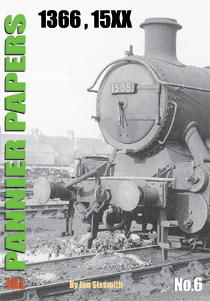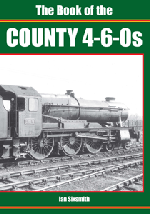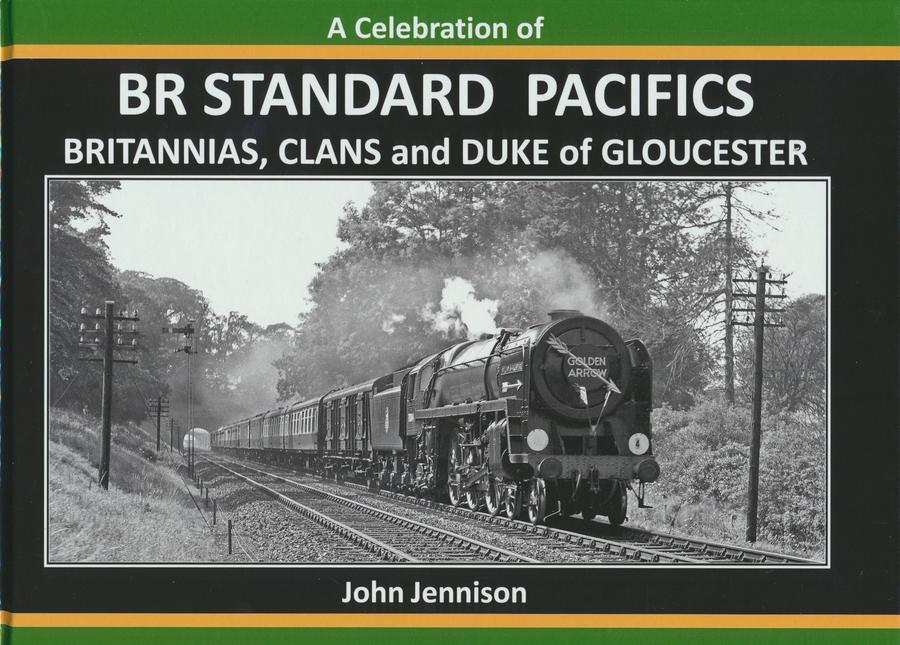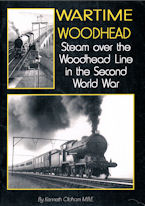The Book of the A3 Pacifics
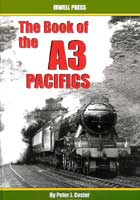
Condition: Very Good
Dimensions: Hardcover
Published by: Irwell Press
Published on: 15th July 2003
Author: Peter Coster
The Book of the A3 Pacifics
The story of the development of steam traction on the East Coast Route must be one of the best known and documented stories in steam locomotive history, if not the best. The rapid enlargement of steam locomotives under the leadership of Henry Ivatt was followed by the long tenure of Nigel Gresley, culminating in his magnificent Pacifics, Green Arrows and Mikados, and 126mph. In this book Peter Coster touches on the salient features of the story as they concern Gresley�s first Pacifics of Class A1 moving on to his Class A3. The narrative and illustrations deal with the long history of these splendid locomotives, to which the author makes his own comments as they seem appropriate. For many of us, these locomotives had a special place in our affections. Nigel Gresley built his Pacifics not just to look magnificent, but to work hard and efficiently. We start with his A1 Pacific No.1470, which was introduced in 1922, and move on to the A3, introduced in 1928. The work of these locomotives will be described and illustrated, up to the very last in service under British Railways. The author has used the appropriate locomotive numbers for the period, and names, but has used 24hr notation for times of day. He has also used the LNER classification rather than the GNR, to which it was very similar in principle, but different in detail. Peter Coster has written this short account of one of the most famous and well-loved steam locomotive designs as both a railway engineer and as a lifelong enthusiast. Although he has done many things in his professional career and in his leisure, he has not been fortunate enough to work with locomotives such as these. However, it was his good fortune to know as friends many who did, and has drawn much from what he learnt from them in this book. This account is written by an author who lived, as many did, at the south end of the East Coast main line, and therefore it is seen in that perspective. Although he has tried to cover events and situations overall, the stories and anecdotes lean towards the southern end of the line.



